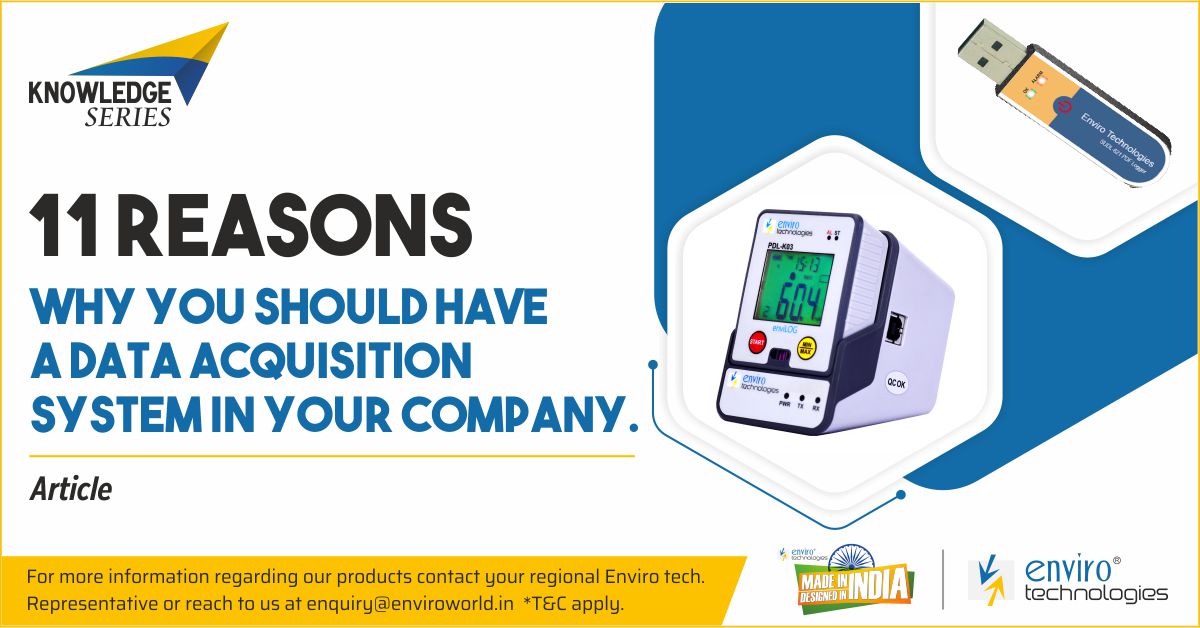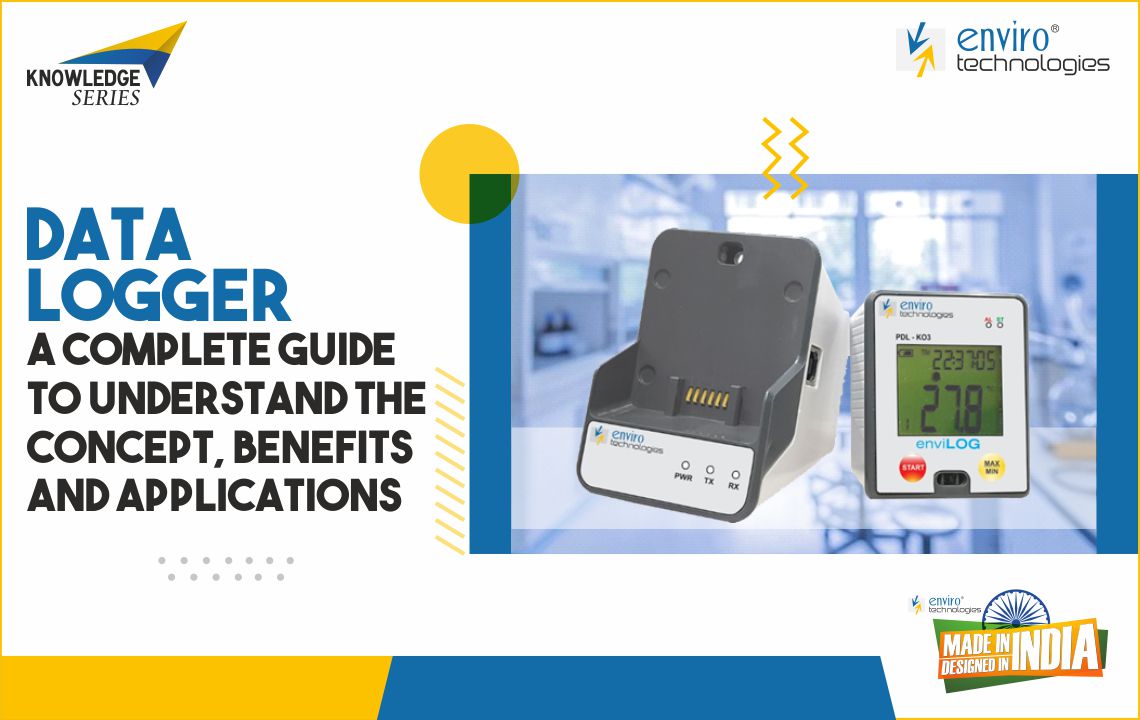- Factors of avoiding asset loss from a freezer failure
- How do freezers work?
- Why do freezers fail?
- How to avoid asset loss due to freezer failure
- Configure alarms and notifications properly
Factors of avoiding asset loss from a freezer failure
Freezers are an important element of the supply chain as well as the storage of many high value products like vaccines, medicines, laboratory samples for hospitals and research institutions, special chemicals, food and beverages. These products need to be kept in a certain temperature to retain its value.
For certain food products, the value will decrease incrementally if the refrigeration temperature is not maintained, and that will cause the product to deteriorate. However, with certain products like vaccines, even a short refrigeration failure can ruin the product. This whole system can lead to an increase in the temperature and it is referred to as an excursion. This freezer failure can deactivate the product and cause its value to drop to zero.
It is important to take care of this in the case of vaccines and medicines as a freezer failure can exceed the lost value of the product if it is administered to certain patients. This can even lead to a disease outbreak.
How do freezers work?
Traditional freezers work with the system of cyclical evaporation as well as compression of a refrigerant. It starts with the liquid refrigerant passing through a small opening in the evaporator coil of the freezer. This results in rapid expansion of the refrigerant which partially vaporizes and cools it so that the heat is extracted from the freezer compartment. Then, this refrigerant passes through a compressor and a set of condenser coils that are located outside the freezer compartment.
The refrigerant then returns to its liquid state and rejects the heat of the atmosphere. After that, it again starts the whole process of cyclical evaporation.
To maintain a constant temperature, the cooling system is turned off and shifted to a thermostat which is tied to a programmable control display board on the front of the unit.
The technology behind freezers is quite advanced but, they have moving parts which require electrical power. This means that they can have unexpected failures that can harm the contents inside them.
A lot of people are looking to avoid the freezer failure, especially after the expected roll-out of COVID-19 vaccine. Although, almost any vaccine requires constant refrigeration and thus, this is a relevant and an ongoing topic.
Why do freezers fail?
Freezers can have a lot of issues and some of them are:
- Failure of the equipment These are some of the mechanical failures which include compressor, fan motors, thermostat, and defroster circuit and even relay switch failures. Even passive components can cause problems. For example, the defrosting drains getting clogged.
- Display/Control board failure This a very rare condition but freezers that have a complex control system can fail because of problems due to electrical components on the board.
- No preventative maintenance This failure includes dirty condenser coils, damaged door gasket and excessive frost on evaporator coils. This failure is completely preventive with regular visual checks and a viable maintenance plan.
- Power outages It is straightforward to respond to with the use of backup power systems.
- Insufficient training Keeping the door open or placing the materials inefficiently in the freezer can surely cause operational issues.
However, there are certain ways through which it is possible to avoid asset loss due to freezer failure.
How to avoid asset loss due to freezer failure
Install a well integrated monitoring system
In this case, a monitoring system is set up to record and transmit temperature data so that it is viewed remotely. Apart from that, it is possible for the systems to customize intelligent alarms.
In the case of a freezer failure, a monitoring system can have a number of advantages. The best part is that it is completely independent of the freezing system and thus, even if the freezer fails, the system will continue to work. So, a failure in thermostat readings with incorrect
temperature will also not affect the monitoring systems. At the same time, the sensors used in the monitoring systems are more accurate as compared to the on-board temperature measurement.
At the same time, monitoring in real time can allow a temperature excursion to be detected immediately, at a time when the response is completely critical. Apart from that, there can be a frequent review of temperature data with other operational information like door openings. This can also be used to prevent temperature excursions before they take place. It is very good at identifying the warning signs of the failure.
Hence, it is a good idea to use cloud based monitoring systems. These systems have become very relevant because they replace older stand alone data loggers which do not transmit data and can be viewed visually immediately. The old loggers can also provide a detailed record of what happened during the failure. Although, they are not capable of preventing failures or mitigating their consequences.
Configure alarms and notifications properly
Cloud based monitoring systems have another added advantage of customizing alarms. It is important to have a strategic plan for alarm customization as it can respond to freezer issues quickly and efficiently.
Proper customization can also help with alarm fatigue. It is a situation in which the staff ignores or disables the alarm because of false and irrelevant alarms from the system. It is a very problematic situation as it can lead to missing the important alarms. So, this problem can be addressed by setting up the system so that alarms are generated by the staff when the action is required. You can view the historical data to set the alarm conditions.
Conclusion
Freezers are an important element for storing and transporting high value elements. Some of the freezer glitches can be avoided with regular maintenance but, others can be catered with the help of an integrated and high-end monitoring system. However, a good monitoring system will only work with the help of proper staff training.
If you are planning to install a temperature monitoring system, then you must set it up to continuously upload data to the cloud with alerts to ensure fast response in the case of equipment issue. You can use a third party monitoring system in this case.




















